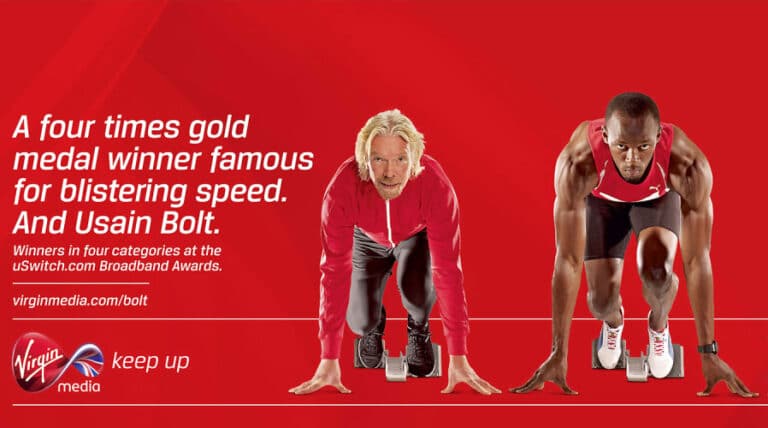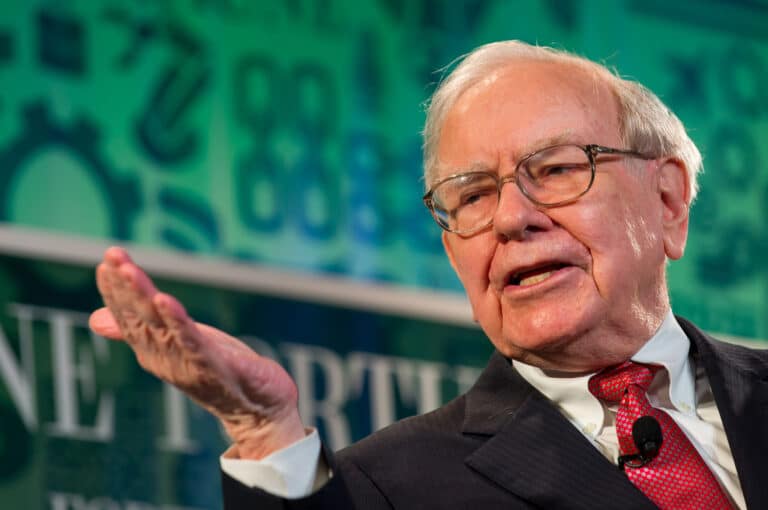Leadership the Key to Post-COVID Recovery
Across the world, we are collectively experiencing one of the most significant changes of our lives. The loss of physical touch, standing close to people without fear, and dinner out with friends. We have lost the option of celebrating milestone – birthdays, weddings, graduations, baby showers, holidays and cancelled vacations, the losses are mounting.
Many frontline workers can no longer go home and spend time with their families. Countless numbers of people have lost childcare while working, have taken over the education of their kids while working. Others are feeling the stress of uncertainty, both in their ability to provide for those who depend on them and keeping them safe and well.
We keep hearing that we are all in the same boat but are we? Perhaps we are in the same storm with many, many different boats in the water. Boats that have strength to sustain the strongest waves, smaller boats that have been reinforced over time and are resilient, and those that are new and untried.
How the boat maneuvers in these waters will depend heavily on the agility of the captain and the crew. The outcomes will be greatly dependent on how the boat is steered.
While agility in leadership has been a cornerstone to success, the coming change will rely even more heavily on the agility of the leaders themselves in companies, large and small.
Physical distancing touches every aspect business and as we prepare to reopen our business operations regardless of size and sector we have to approach this reset thinking in 3D. Thinking in 3D gives us a different perspective than simply looking at the scenario in a narrow cluster of facts and data. Leaders now need to look deep into their organization and take into consideration the impact on its people, customers, business operations, market conditions, available cash and future capital required, and backup plans if there is a second wave of COVID-19.
This represents a rethink of how leaders will need to move their business forward for short and long term success. Protecting and embracing employees will be key to sustainable success. Much more emphasis will be needed on health and wellness, communicating with transparency on a frequent basis and engaging for feedback and ideas.
Cutting staff to reduce costs is typically the fastest approach to saving money. But is it the best? Without talent and experience moving forward will be even more difficult, so expenses in other areas should be looked at first: consolidation, seeking better pricing from suppliers and other stakeholders might be considered as a first option. Perhaps less office space frees up resources to retain a company’s most valuable asset – its people.
It may be very well that working from home will be the mainstay for quite sometime in combination with essential core teams working in an office/manufacturing setting. Leaders will need to be open-minded on these matters of how to best design workflow and productivity while protecting employees. Tough questions will need to be asked and innovative solutions sought. Ensuring solid technology platforms are in place to support a hybrid model of working at home and in office will be essential.
Fostering relationships and developing new ways of accountability will be a factor in ensuring an engaged and focused workforce. Leaders will need to hone their listening skills and connect with their employees on an emotional level to drive morale, retention and solutions to tough problems. This will take more energy and more time on the part of leaders at all levels on a consistent basis. New employee programs, such as reward programs, will need to be introduced as well and may look quite different than they do today.
Regardless of the boat you are in – one key word comes to mind – Agility!







